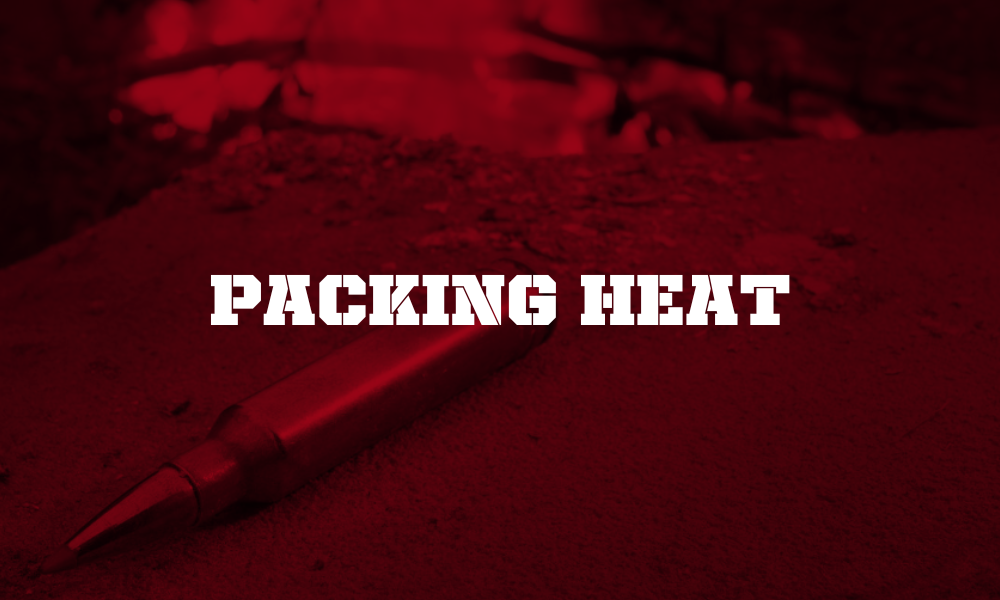
The term packing heat connotes carrying a gun and has become part of the vernacular.It conjures up an image of guys sitting around a table in a smoke-filled room counting money or playing cards, their weapon of choice concealed in a pocket or holster.
There’s also the kind of “heat” that’s packed in boxes and containers. It’s not as clandestine as its symbiotic partner, the gun, while residing in these receptacles. It’s known as ammunition, and it’s packaging is crucial to a successful partnership with its ultimate suitor.
Until they’re actually “married,” ammo and gun do not travel together. Federal law prohibits the shipment of a gun and ammo in the same container.
Ammunition should be packaged in an undamaged cardboard box that is preferably reinforced or a plastic or metal case and packed tightly inside the box or case and, if possible, kept in its original packaging. Padding is recommended so the ammunition doesn’t rattle around.
An ammunition or cartridge box is designed for safe transport and storage of ammo and frequently features a rubber gasket in the hinged lid to protect the ammunition from moisture. The box is usually made of metal and labeled with caliber, quantity, and manufacturing date or lot number.
In keeping with its propensity for remaining undercover, a gun does not reveal its identity when traveling in terms of labeling. Instead, it must be declared. Conversely, ammunition, under federal law and carrier policies, has to be shipped in a container with two “limited quantity” labels placed on opposite sides of the packaging.
Just as reading labels at the grocery store is important for the nutritionally conscious, understanding ammo labels is key to getting the proper bullet for your gun – the granola with your yogurt, the honey on your bagel.
Most of the time, there is just one number on an ammo box, indicating caliber. It’s critical the ammo caliber number matches exactly the one on the gun. When it comes to weapons, close only counts with hand grenades. Occasionally there is another number, such as 9×19 or 5.56×45. The first number is the caliber, and the second number applies to the length of the cartridge.
Weight and speed are indicated on some ammo boxes as well. A two-or three-digit number followed by the letters “gr,” standing for grain, denotes the weight of the projectile, while a group of typically smaller numbers or a chart followed by the letters “fps” indicate the speed of the bullet – feet per second.
Note: The information provided in this article is intended for general informational purposes only. We assume no responsibility for the accuracy, completeness, or timeliness of the information presented herein.
Regulations can vary greatly by location, and they are subject to change at any time due to legislative updates, legal interpretations, or other factors beyond our control. It is imperative that readers verify the current ammunition regulations in their specific jurisdiction through official government sources, law enforcement agencies, or legal professionals before making any decisions or taking any actions related to ammunition possession, purchase, or use.
We disclaim any liability for any loss, injury, or damage incurred as a result of the use or misuse of the information contained in this article.